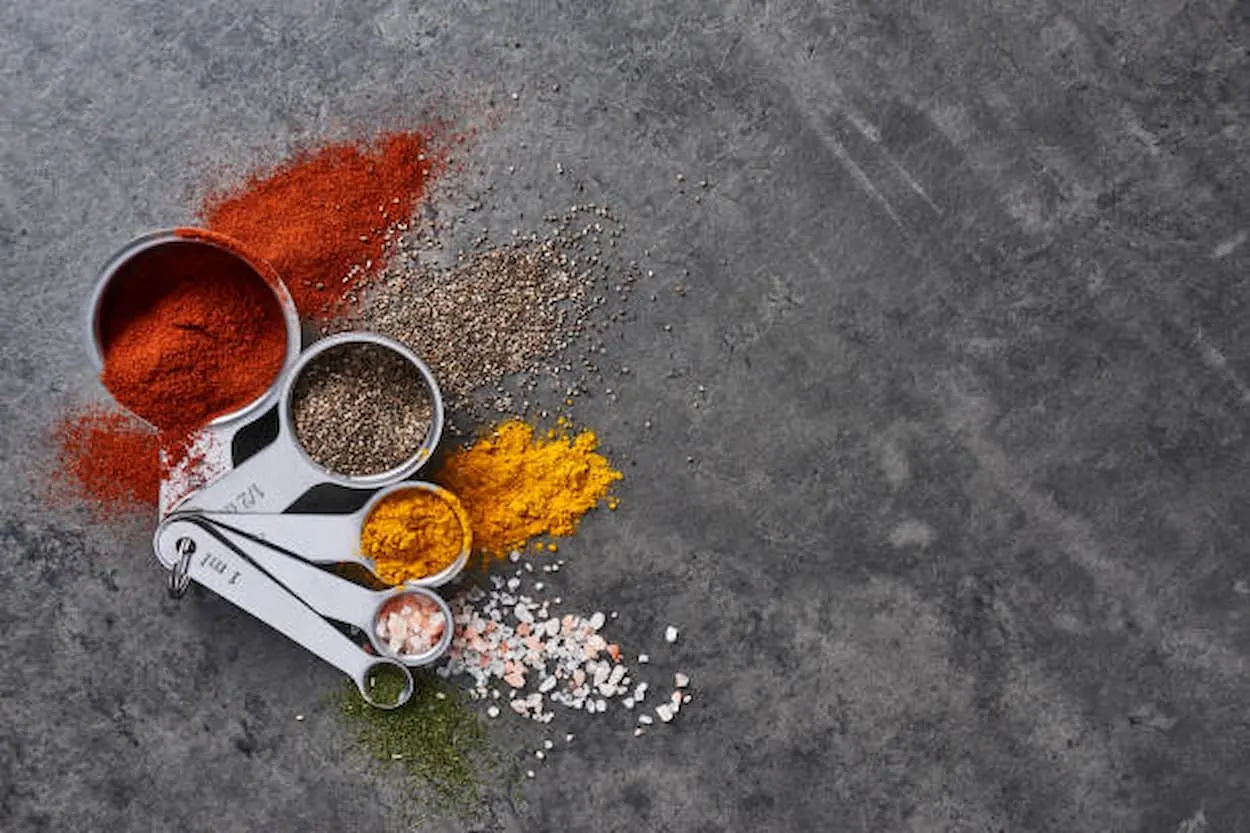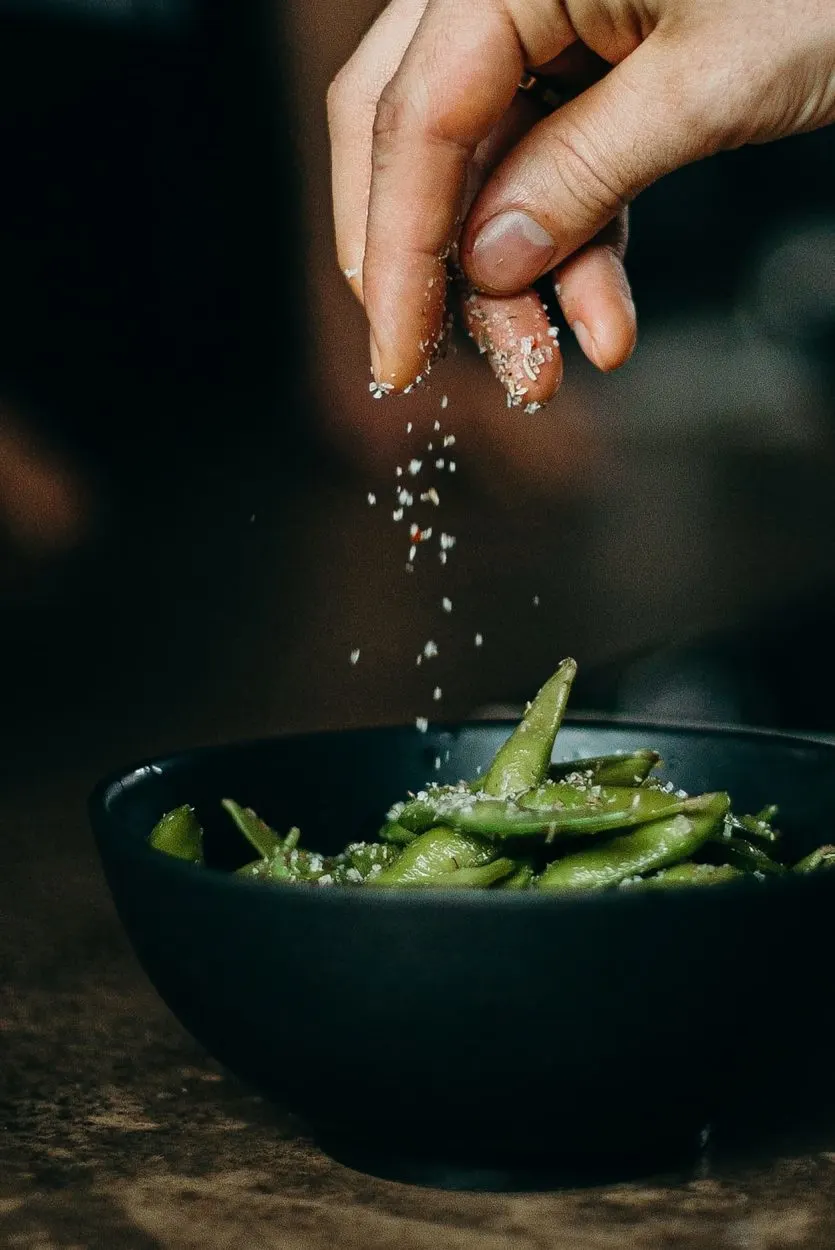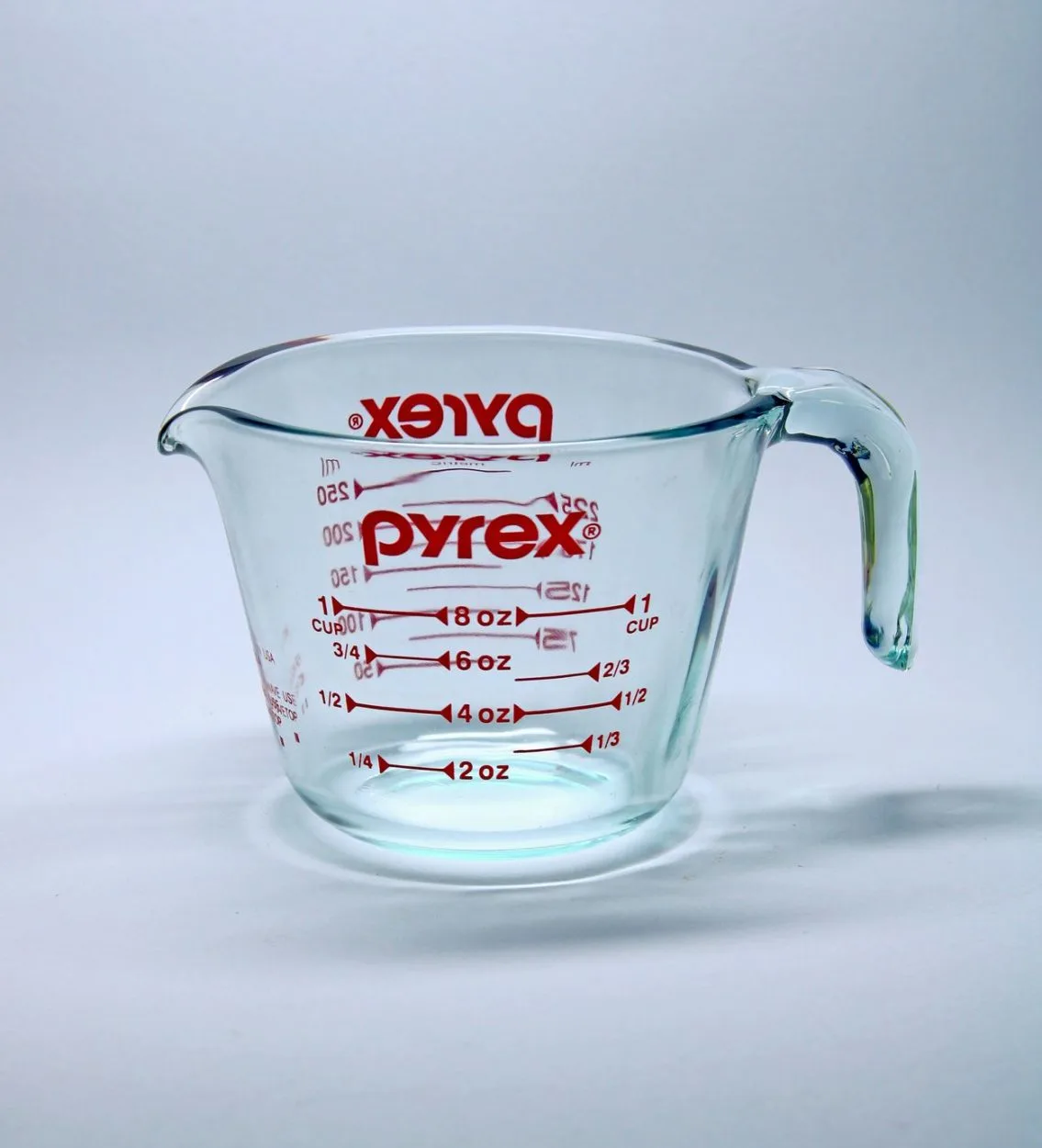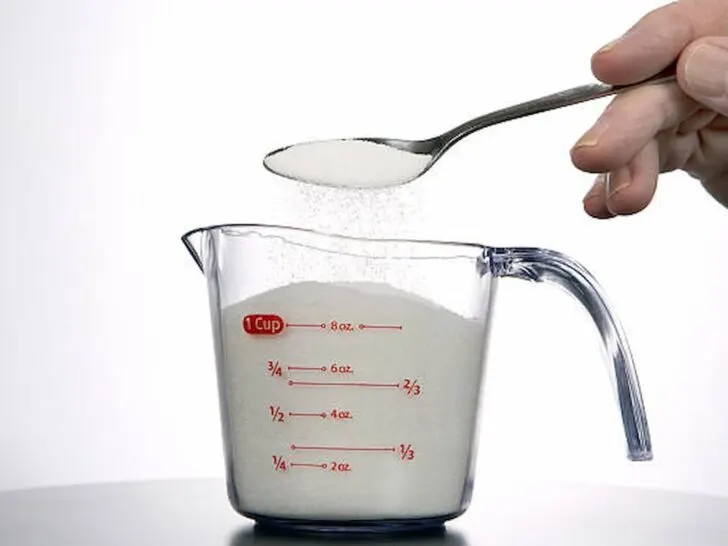Both dry and liquid ingredients are important for your cooking and baking. The difference lies in their ratios. The quantity to use for both dry as well as wet ingredients depends upon your desired level of consistency, texture, and taste. Both types of ingredients are measured with different units of scales and instruments.
Take an instrument and add an ingredient to it. If the surface of it becomes flat and smooth within 15 seconds, it is a wet ingredient. These include oils, water, eggs, milk, etc. Whereas the dry ingredients do not level out in the instrument. These include all kinds of powdery stuff such as flour, sugar, spices, etc.
Now that we know what exactly are dry and wet ingredients, let’s see what’s the difference between their measurements. Particularly 1 cup and 8 ounces. What’s the difference?
A cup is used to measure volume meanwhile ounces are used to measure weight. One cup is equal to eight ounces or sixteen tablespoons. This means two cups would be sixteen ounces.
Here’s a common question in cooking: How many ounces are in a cup of coffee?
Keep reading to know more.
Why do we measure in ounces?

In cooking, particularly baking, measuring by ounces is proven to be more accurate than measuring by cup.
An ounce is the unit of measurement for weight in cooking. Not to be mistaken for fluid ounce, which is also a unit of measure when it comes to cooking.
The only difference is that “fluid ounce” is used to measure volume, whereas ounce is used to measure weight.
Nonetheless, 1 cup equals 8 ounces or 8 fluid ounces. So the next time your cookbook calls for 8 ounces, just grab a standard US cup and know it entails 8 ounces.
A more accurate thing to do, however, is to weigh the dry ingredient in a recipe that calls for it and measure the liquid in a measuring cup if the recipe calls for it.
Here’s a table of comparisons between dry and liquid measurements:
| Dry Ingredients Measurement | Liquid Ingredients Measurement |
| Measured in Kg, Grams, Mg, etc | Measured in Liters, Milliliters, Gallons, etc |
| Suitable for non-leveled ingredients i.e. dry | Suitable to prevent spillage of Liquid |
| Hands can also be used as a scale for measurement | Hands cannot be used to measure liquid ingredients |
Why do we measure in cups?
We measure in cups to determine the volume of an ingredient, be it liquid or solid ingredient.
Measuring cups can measure dry ingredients such as flour, nuts, and fruits, while liquid measuring cups can measure water, cooking oils, and yogurt.
While measuring in ounces determines weight, measuring in cups determines volume. As previously established, one cup equals eight ounces or eight fluid ounces. In milliliters, one cup would be around 236ml.
Half a cup would be 4 ounces or 118 ml.
Let’s have a look at this lady explaining the measurement tips about liquid and dry object measurements:
Avoid common measuring errors

The outcome of a recipe can be determined by the type of measuring cup you use. Improper measurements can destroy a baking recipe. A dry measuring cup lets you measure flour exactly how you want it.
To remove excess flour, lightly spoon it into a dry measuring bowl. Next, level it with a flat edge. You could add more flour to the recipe using a liquid measuring container.
It’s also difficult to measure the exact amount of liquid in a dry measuring cup without it spilling over the sides. A liquid measuring cup allows you to pour the exact amount of chicken stock without spilling it all over your kitchen countertop.
A good rule of thumb is to use dry measuring cups when measuring dry ingredients or weigh them using a scale. Stick to liquid measurements with liquid measuring cups.
Is a coffee mug 1 cup?
A coffee mug does not equal one cup. Coffee mugs are often larger than the standard cup used for cooking. Since coffee mugs come in different shapes and sizes, they can range anywhere from 8 to 12 ounces. Sometimes even more.
If you can’t find an actual measuring cup, a good alternative would be to use tablespoons. A tablespoon is typically the same size as your average spoon, so you can easily find it somewhere in your kitchen.
One cup is equal to 16 tablespoons ergo, it is equal to 8 fluid ounces.
Do not use the cups in your kitchen as your measuring cup as, same with the coffee mug, they come in different sizes, and it may mess up your cooking.
Is it possible to measure liquid in a dry measuring cup?
Of course. One cup of a liquid ingredient in a dry measuring cup is still one cup in a liquid measuring cup. However, this does not apply to dry ingredients as dry ingredients vary in weight.
The labels on each cup might make things confusing, but on average, just remember that one cup is equal to 8 fluid ounces, and that applies to both dry and liquid measuring cups.
How many tablespoons does it take to reach 8 ounces?
It’ll take 16 tablespoons to reach 8 ounces.
There are many units of measure when it comes to cooking. Some of them are:
- teaspoon
- tablespoon
- fluid ounce
- gill
- cup
- pint
- quart
- gallon
The one that is probably most convenient to the average person is a tablespoon.
A tablespoon is approximately the same size as your spoon in your kitchen. In order to reach 8 ounces, you’ll need 16 tablespoons of an ingredient.
Teaspoons, on the other hand, are much smaller. But they can still be used as an alternative to measuring 8 ounces without a measuring cup.
It’ll take 48 teaspoons to reach 8 ounces.
Is 1 cup of dry ingredients equal to 8 ounces?
No. The weight of a dry ingredient varies depending on the ingredient itself and one cup will not always equal 8 ounces.
For instance, when it comes to flour, one cup of flour is not 8 ounces but instead 4.5 ounces. One cup of sugar is 7.05 ounces, and one cup of sour cream is 8.54 ounces.
This also applies to a few wet ingredients, particularly the more viscous ones like honey. One cup of honey weighs about 11 ounces.
For more accurate measurements, I recommend buying a kitchen scale. However, if that’s out of your budget, then I recommend going to a measurement conversion website and converting your ingredients to what is available to you.

Conclusion
- In cooking and baking, the type of ingredient you’re working with, whether dry or wet, determines the measurement units and tools you should use.
- These include powdery substances like flour, sugar, and spices. Measuring them requires units of weight, like ounces.
- Wet ingredients such as water, oils, eggs, and milk are measured using units for volume, like cups.
- One cup equals 8 ounces or 16 tablespoons. This key conversion is essential for accurate recipe preparation.
- In baking, measuring by ounces is more accurate than using cups. Ounces are used to measure weight, while fluid ounces measure volume.
- To avoid errors, use the appropriate measuring tools for dry and wet ingredients. It will ensure perfect recipes. Dry measuring cups are ideal for dry ingredients. In contrast, measuring cups are perfect for liquids.
- Coffee mugs vary in size and are generally larger than a standard cup. For this fact, they should not be used as a measuring reference.
- Teaspoons and tablespoons are handy alternatives for measuring. These are used in case you need specific measuring cups.
- Dry ingredients have varying weights. It’s important to know the specific weight of each component. And especially when using a kitchen scale for precision.
Correctly measuring ingredients is a fundamental aspect of successful cooking and baking. Following the rules and using the right tools for dry and wet ingredients is crucial for achieving the best results.
Also, check my article on Differences Between Sit-Down Restaurants And Fast Food Restaurants.

